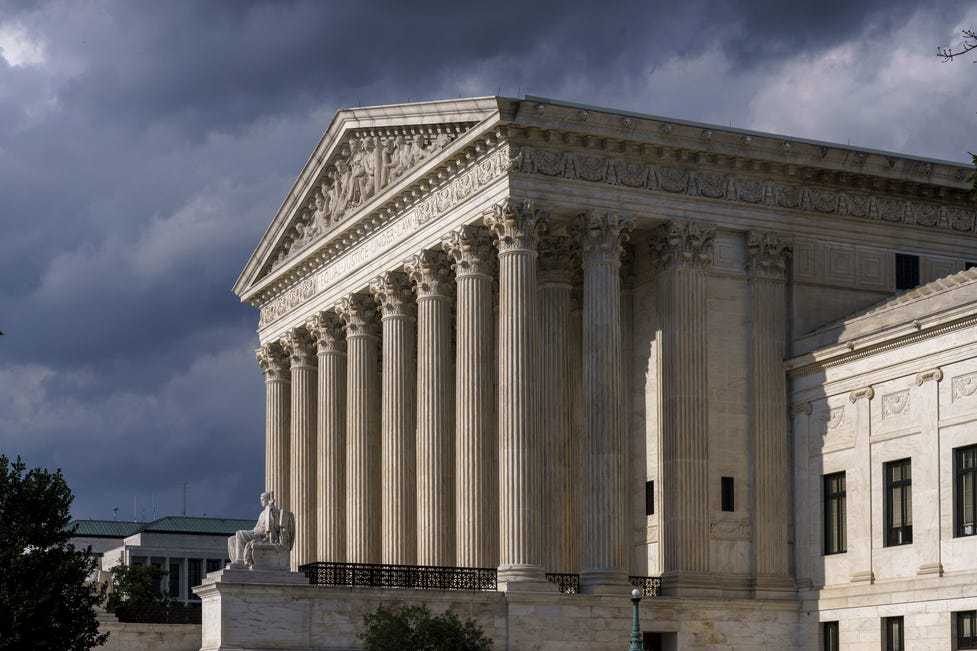In December, the Supreme Court announced that it would revisit the decision made in FDA v. Alliance for Hippocratic Medicine by a three-judge panel of the United States Court of Appeals for the Fifth Circuit. In April 2023, the panel ruled in favor of limiting access to the popular abortion pill mifepristone. The pill is available by mail and can even be prescribed by telehealth professionals, but the panel believed the Food and Drug Administration’s regulation of the pill was too relaxed. In 2019, the FDA approved a generic form of the drug, which has not been an issue at the Supreme Court. The panel’s goal was that the pill would remain legal, but with certain restrictions on how it could be accessed.
This year, the Supreme Court will hear appeals from the Biden administration and the drugmaker Danco Laboratories, which will defend the decisions made by the FDA that ultimately made mifepristone more accessible. We can expect to hear a ruling by the end of June, just a few months before the presidential election in November.
When it was first approved in 2000, mifepristone would be prescribed only after three visits with a doctor. With the rise of telehealth, the FDA adapted to the times and loosened its regulations. In 2016, it even expanded its original window in which the pill could be prescribed from seven weeks to 10 weeks and lowered the number of required visits from three to one. Now, many health care providers, as long as they have completed the mifepristone risk evaluation and mitigation program, possess the ability to prescribe the pill as well.
All of these amendments help decrease the shame and embarrassment that many women are subject to when searching for these kinds of procedures. Half of all abortions in the U.S. are performed using mifepristone.
This case is the first on the court’s docket directly concerning abortion since it overturned the constitutional right to an abortion in June 2022. Since then, the decision has been left to state-level elected officials, but now, the Supreme Court has been placed in a peculiar position.
After initially leaving the decisions up to elected officials, the conservative majority must now rule on a medication that the FDA approved more than two decades ago. Now, states where abortion is still legal could face a severe reduction in access to the medication as well.
This case also opens the door to broader questions about the FDA’s authority. Letting political advocacy organizations like the Alliance for Hippocratic Medicine file lawsuits against the FDA for approving products could irreversibly politicize the regulation of pharmaceuticals. While mifepristone is still available until the Supreme Court rules, if things go south for the drug, serious changes would have to be made. Mifepristone would be completely taken off the market until time was taken to redesign labels and the FDA would have to completely rewrite the rules and regulations for distribution. It wouldn’t return until all these steps are taken.
Or, the Supreme Court could overrule the Fifth Circuit, and nothing would change. States that restrict how mifepristone is distributed continue their practices and distribution goes on without a hitch.
Maybe the justices propose something entirely different, upholding some aspects of the changes made by the FDA in 2016 and changing others. Mifepristone is used to block the hormone progesterone and then misoprostol will induce contractions. Advocates of abortion have claimed that if mifepristone is outlawed, the second drug in the process, misoprostol, could still be used to terminate a pregnancy. However, this method causes more pain and discomfort and is not as effective overall.
Where should we go from here, to benefit the most people possible? Leave the decisions in the hands of the person who would have to carry their pregnancy to term, instead of the lawmakers who have never met them or experienced the hardships that may prevent them from raising a child. Forcing women to have children they can’t raise or support only leads to more hardships than would be experienced by lawmakers who would have to face defeat in the wake of a Fifth Circuit overturn.
Access to abortion medication by mail has been a light at the end of a very dark tunnel overturning Roe v. Wade created. Erasing this option would leave millions of women with no choices and no say in what happens to their bodies.
People are fearful and have begun stocking up on medications that may no longer be readily available to them after the Supreme Court rules on mifepristone, going as far as to order these drugs from overseas. If they’re unable to travel to receive the care needed, this poses the best option for many in states where abortion is illegal.
In the face of a mifepristone ban, it’s hard to say how the shipping and distribution of the abortion medication would be enforced. Searching for illicit abortion pills in international mail facilities shouldn’t be necessary. Those left without the ability to access necessary care should never feel compelled to find less safe, but more accessible, alternatives to these pills.









